Money in Cuba and how to exchange
Money Exchange / Currency Exchange in Cuba has two official currencies called the CUC and the CUP for short. The CUC is the Convertible Cuban Peso and the CUP is the Cuban Peso. Typically, most transactions that you’re going to concern yourself with are used with the CUC, as that’s the currency for all tourist transactions and most nicer restaurants.
There aren’t that many countries in the world that use two currencies interchangeably. If you think about it, in Europe it’s the Euro, the UK has the pound, and the US the dollar. I suppose the only other currency that you might find accepted in some places is bitcoin.
The CUP is used in a lot of local transactions such as bus fare, street vendors, and even some taxis. Depending on the service, if you think it’s usually used by a local, then it’s CUP.
That isn’t to say that you as a tourist can’t use CUP if you want to. The first night that we were there we went to a restaurant that the posted price was in CUP. We got a meal, juice, and beer for 50CUP. Since we didn’t have any CUP, the local exchange rate was accepted at 1CUC = 25 CUP. Pay with a 2 peso bill and you’re on your way!
Confused yet? Don’t worry, it’s quite obvious everywhere you go if the transaction is in CUC or CUP so you shouldn’t get ripped off. If you see the letters MN that means Moneda Nacional and that, of course, is CUP.
ATM
Forget it. Your bank card and credit card WILL NOT WORK IN CUBA. In fact, only plastic issued from foreign banks will be accepted. Luckily we have a credit card issued on a foreign bank in case of emergencies, so we had that backup. If you don’t have a foreign card and can’t get one, bring cash. Lots of it.
You shouldn’t feel unsafe carrying around a lot of cash because it’s very common in Cuba to use cash for everything. Your casa particular or hotel should have a safe for you to store whatever you’re not using.
CASH CONVERSION
Ok now pay attention, because this is really important. The only accepted currencies for exchange are:
US Dollar
Euro
BRITISH Pound (not any other country)
Canadian Dollar
Japanese Yen
Mexican Peso
If you’ve got any other currency it will not be accepted for exchange. The exchange rates are the same all over the city, so whether you’re exchanging in the hotel, the airport, or a streetside Cadeca (money exchange house) you’ll see the same rate everywhere.
Note that all exchanges will be subject to a 5% conversion fee (no matter the currency) and if you’re exchanging US$ then you’re going to pay a 10% penalty. This makes the exchange rate (at time of writing) around 0.86 USD for 1 CUC. The Euro is almost at parity at 1:1, and the GBP is a little bit better.
It is advisable to bring non-US currency if at all possible so you avoid paying the 10% fee. Even if your bank gives you a crummy exchange rate and you’ve got to pay 5-7% over the rate in the US, you’ll end up ahead. We brought $1,000 in currency with us and ended up coming home with about $600 for a 3 day trip.
Note, that a lot of stores will be nice to you and exchange US at a 1:1 ratio if you ask the right way. From what we gathered, the ability to save in US dollars isn’t really an option there, so it’s in their best interests to get $$ anyway they can. Even at the airport we found that the café workers would happily exchange ours at a 1:1 ratio, even in plain view of the exchange counter just a few steps away. This probably is not the norm everywhere you go, but if you ask around enough places, you’ll easily find the right person!
That’s a huge potential savings of 15% for your US dollars.
CREDIT/DEBIT
Even if most foreign credit cards work, the vast majority of businesses don’t have the ability to take cards. It’ll be cash only all the way. When we went to check out at a large grocery store near the embassies, the machine said “enter access code†and no one at the store knew what it was.
The large hotels (Melia, Four Points, Hotel Nacional, etc) will accept cards but again, they must be issued by a foreign bank. In the off-chance that you get your US card to go through, you could be in big trouble when you get back to the USA. Remember that Cuba is an OFAC (Office of Foreign Asset Control) listed country, and if your bank finds out that you spent money using a card in Cuba, they could be subject to fines. Rather than deal with those fines, they will routinely block and/or close accounts if they find that going on. Do NOT risk closure of your US bank accounts.
IT’S GOING TO BE OK!
Remember, this is an adventure! An adventure that still has to fit within one of the 12 approved reasons for going, that is.
Plan ahead for your touristic activities and set that money aside. Plan on another $25-50 for rum, perhaps another $100 for cigars if you want those. Other than those expenditures, you shouldn’t have more than $50 per person per day (even less if you don’t need to take taxis everywhere!) Like I said, we came back with only spending $400 on the trip (and that’s with plenty of activities planned, rum, AND cigars)
Most of us Americans are not used to traveling around with wads of cash on vacation, as it’s commonplace all over the world to use plastic. Remember that Cuba’s economy is still in a transition. They are adjusting to massive amounts of tourism as best that can, and there are a lot of growing pains. So long as you don’t flash your cash, no one is going to bother you. Practice common sense and you’re going to have one of the most enjoyable trips ever.

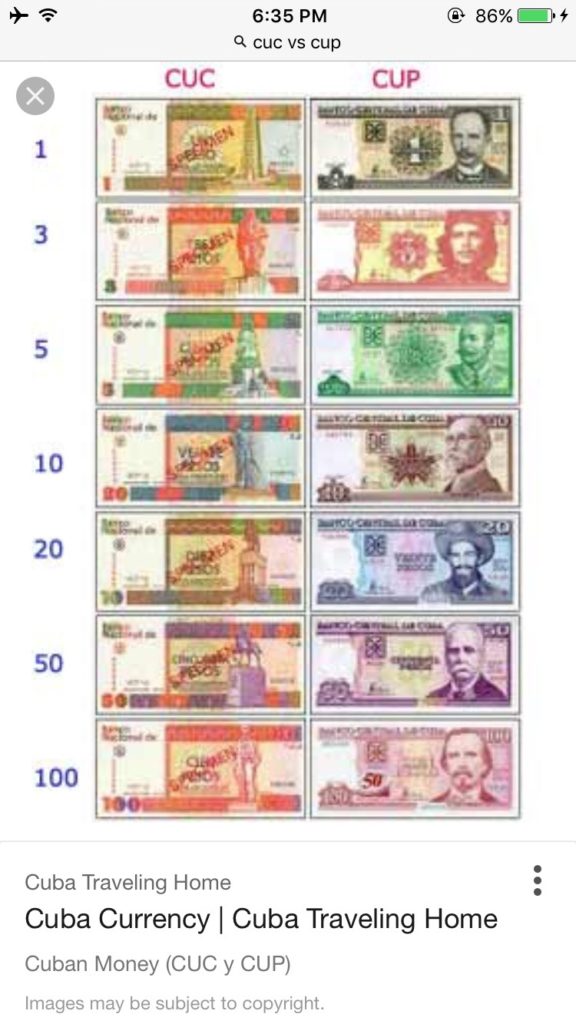
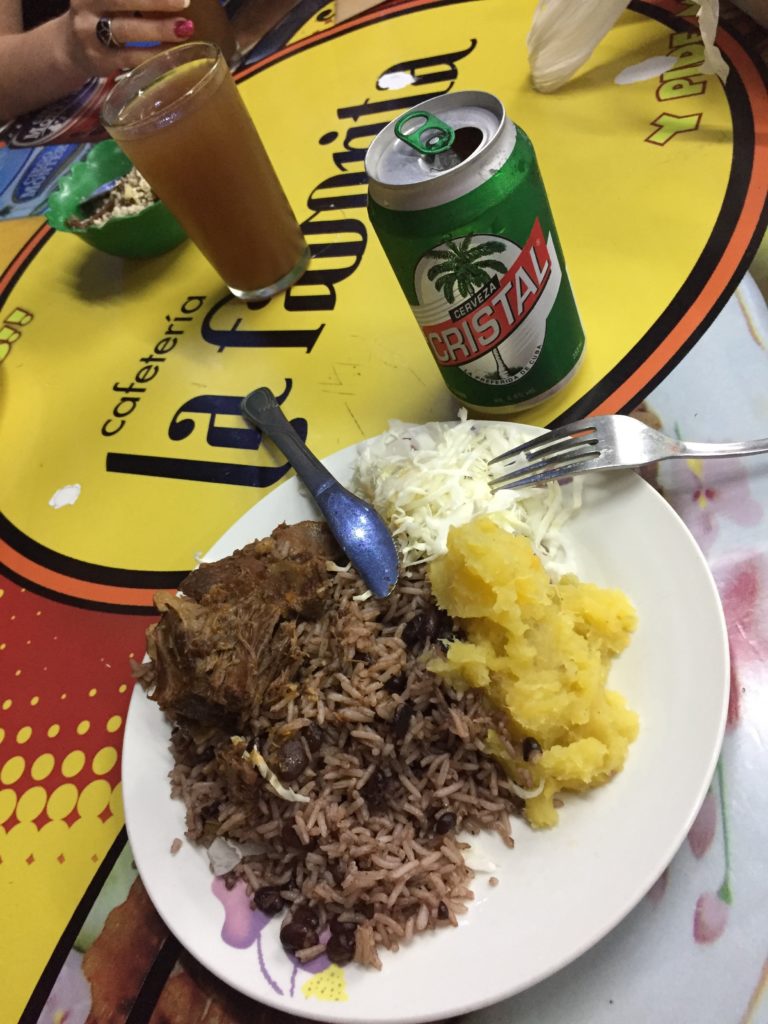
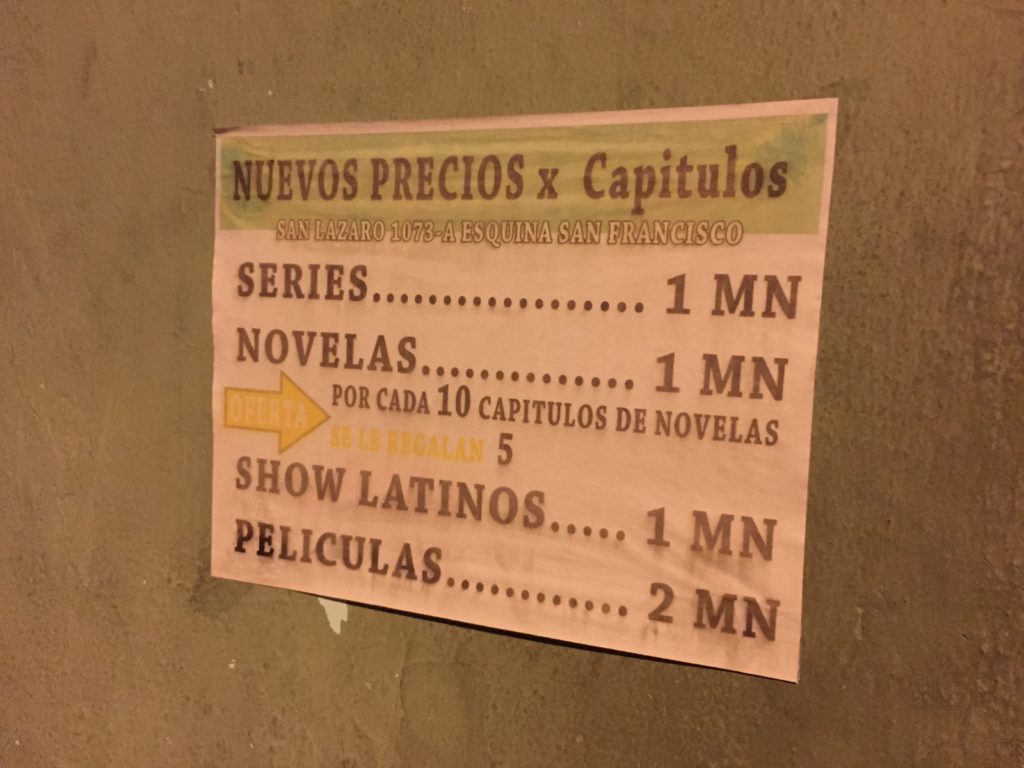
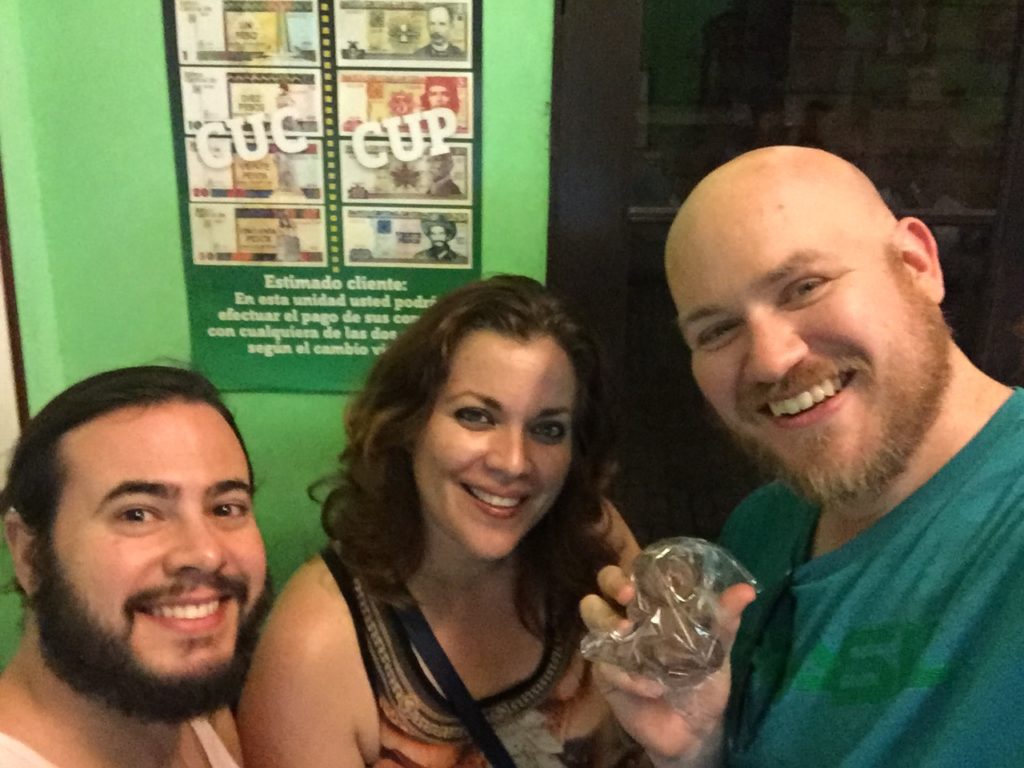
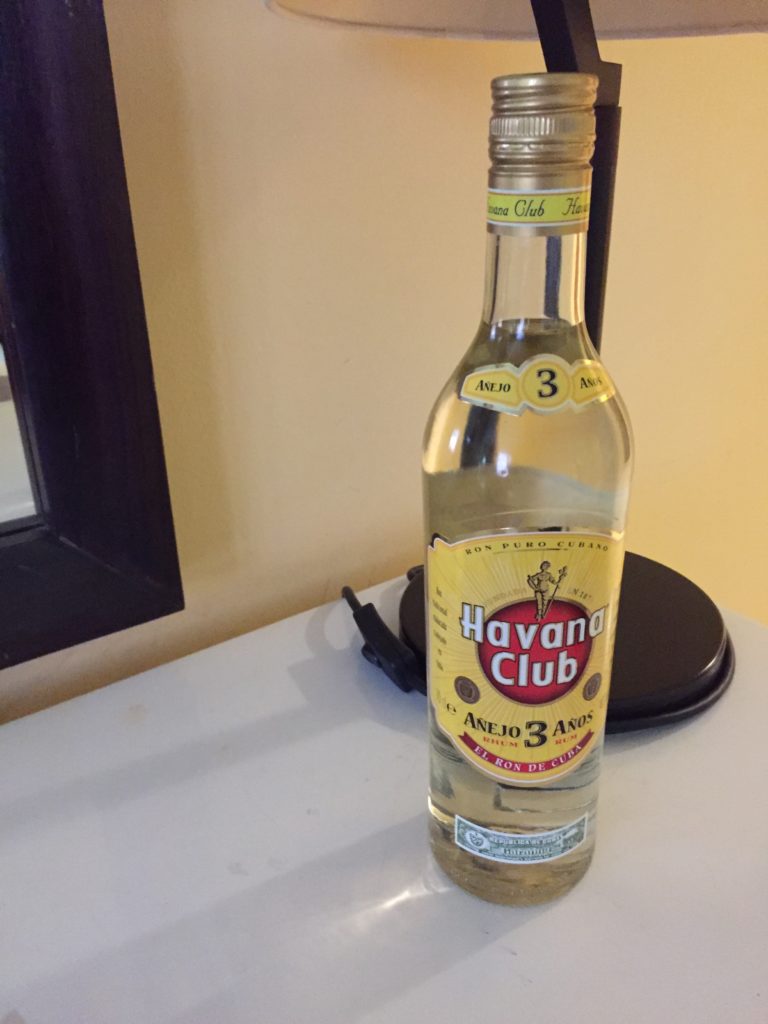
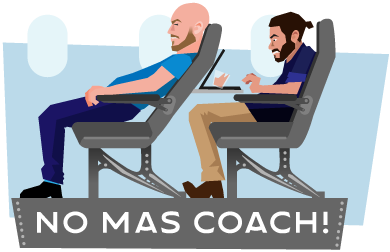

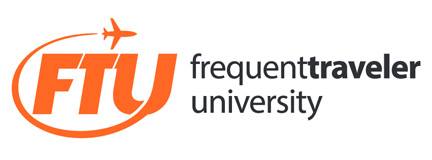


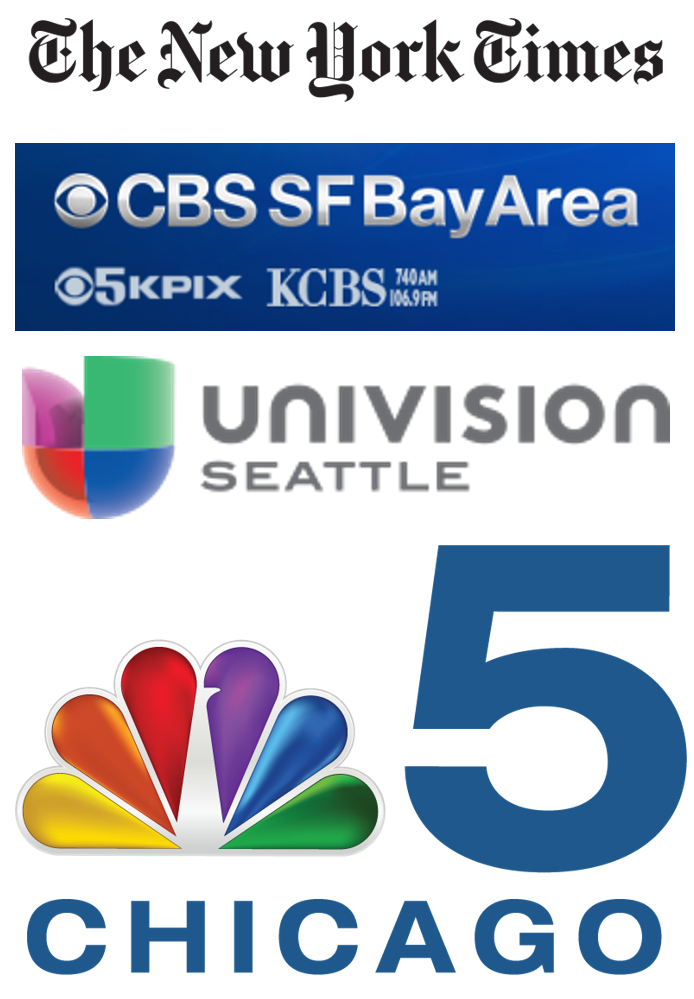
March 27, 2017
Hey Jon, just finished your article and it was a great read. I love the passion for adventure! My girlfriend and I are flying into Havana in a couple weeks and I was wondering if you had any recommendations for places, food, activities and adventures that you had while you were down there!
March 28, 2017
I hope you’re going to have an amazing trip, in fact I know you will. I think the easiest way is for me to send you some links here. You can read about the food here and here, a city tour with locals and a great museum, and then if you search for “Cuba” and “Havana” in our blog you’ll find a bunch more information. Enjoy!
September 7, 2017
Great article. I’ve just returned from Cuba and I’m having a hard time exchanging my CUC back into USD. Is there no where in the US to do this?
September 11, 2017
No, unfortunately not… because of the govt restrictions on the Cuban currency it can’t be changed here in the USA. You can do what we do and find a friend that’s going and change with them!
December 18, 2017
Hi, is the conversion rates for all currencies, except usd, 1:1? For instance, my country ‘s currency is stronger against the CAD than EUR, thus if it is 1:1, I’d rather take CAD
December 19, 2017
The rest of the currencies follow the standard conversions, in other words, you’re going to get more CUC for your GBP or EUR than you will CAD.
January 23, 2018
Thanks for a great post with such useful information! I’m curious about exchanging USD to CUC w/ the local at 1:1. I’ve read at other blogs as well saying it can be done if you know how to ask. Well, how do you ask? and is there a particular setting where locals may be willing to do this (say a restaurant?). Maybe I’m overthinking, but I wouldn’t want to offend the locals.
January 23, 2018
I did it at the airport convenient store. I also found someone who ran an air bnb style apartment, and she said that she would find someone to do it for me at a 100:95 level, pretty close. You’d be surprised if you just ask around enough people will be willing to do it.